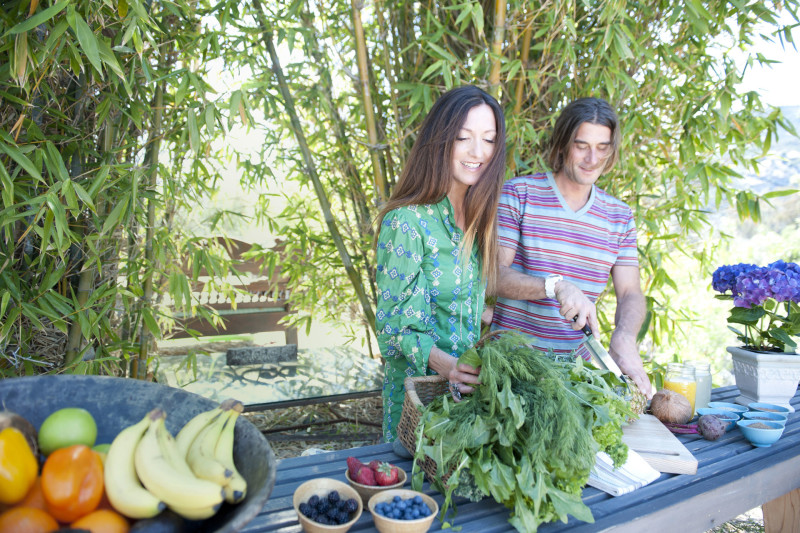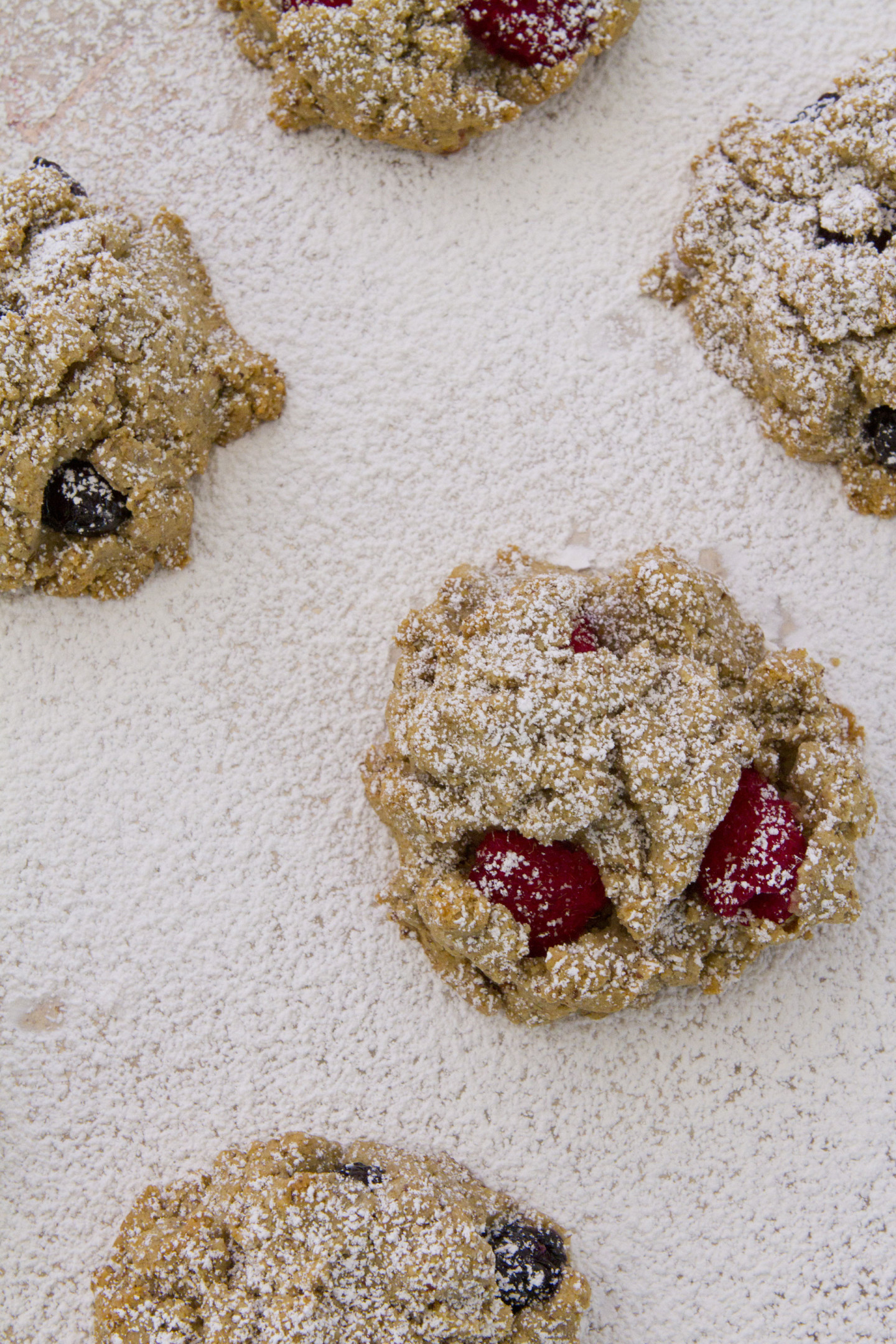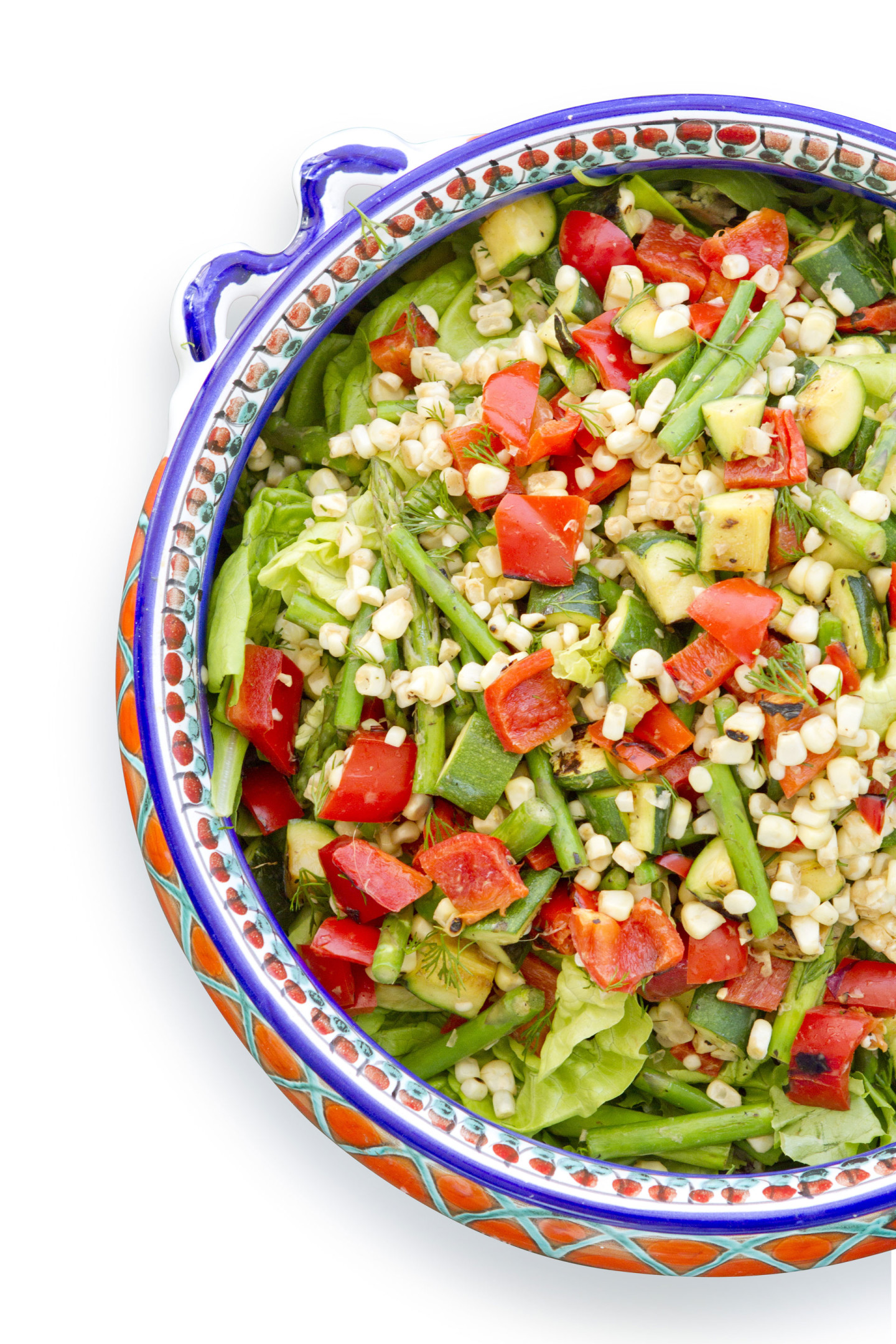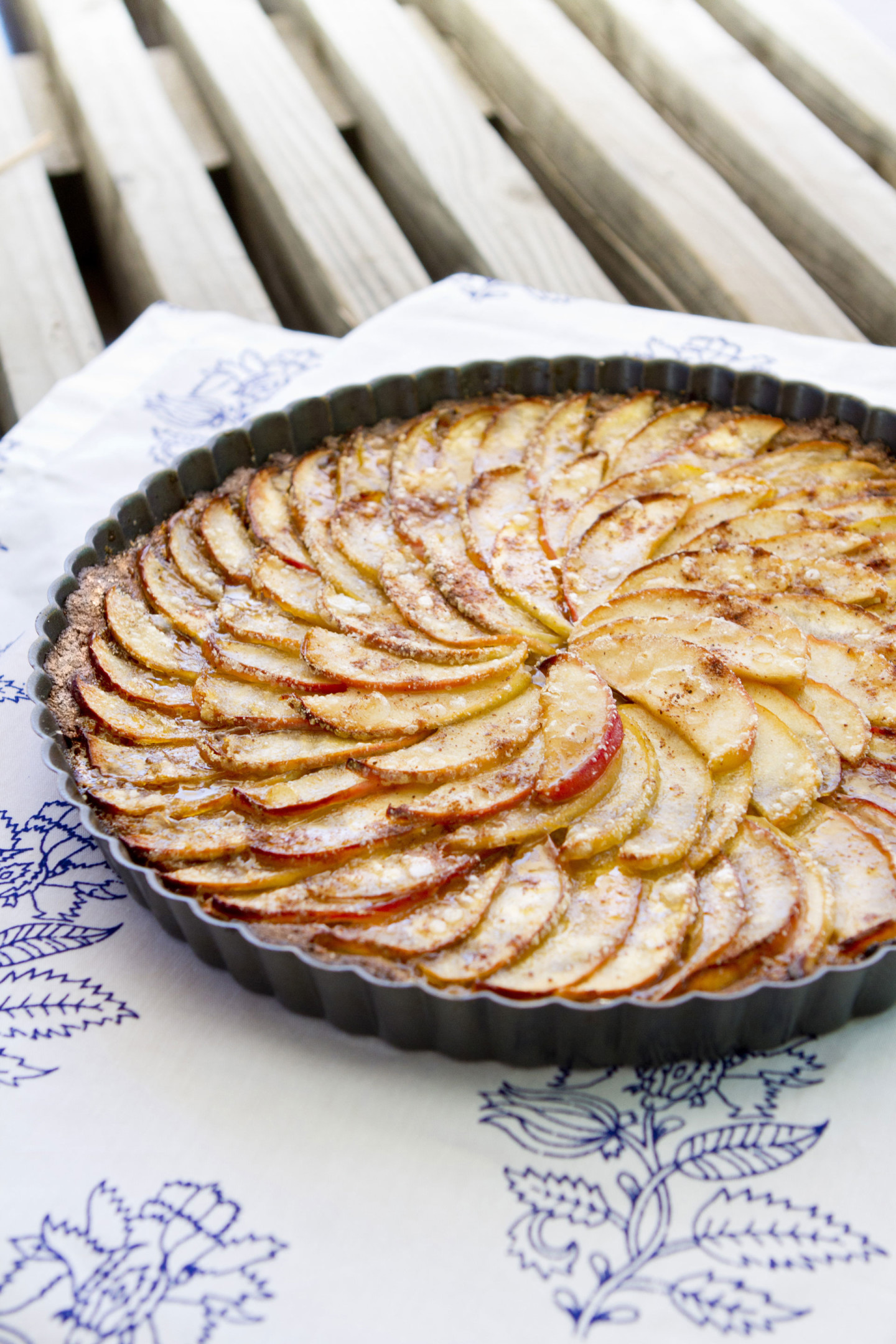According to The American Journal of Clinical Nutrition, two billion of the world’s population survives on a meat-based diet, which, given the amount of land, water and energy involved in meat production, requires more resources than we ultimately have. Meanwhile, four billion of the world’s human inhabitants currently survive mostly on plants. Frances Moore Lappé told us all about this in her groundbreaking 1971 book, Diet For a Small Planet.
In the just-released cookbook and lifestyle guide The Plantpower Way, Rich Roll and Julie Piatt are telling us again, throwing in vegan recipes that are so beautiful and delicious that you might forget to miss the meat -- and the cheese, eggs, and milk, for that matter. (Some recipes do contain honey, which is not vegan; Roll and Piatt think of it as an important nutrient, and they often recommend it as a sweetener.)

Roll’s story is a compelling one. After a decade of struggle with addiction to drugs and alcohol, he had managed to get sober in time for his fortieth birthday, but was 50 pounds overweight and going up a flight of stairs was a challenge. The proverbial epiphany that often accompanies mid-life crises translated, for Roll, into a life overhaul, complete with strict veganism and a training regimen that would lead him to compete in triathlons. Two years later and 50 pounds lighter, he became the first vegan to complete the Ultraman 320-mile über-endurance event, even finishing in the top ten (among males), despite being a novice at such feats of endurance. Needless to say, he’s become the poster child for plant-fueled athleticism, and The Plantpower Way shares approaches to experiment with different “paths,” as Roll calls them, to plant-based eating.
The book is co-authored by Piatt, Roll’s wife, a yogi, writer and chef herself, who also credits her optimal health to a vegan diet and is the driver of the recipes that make the whole shebang so appealing.
Organized by category, rather than meal (with the exception of a section on "Breakfast & Brunch"), the book offers an easy foray into the genre, starting with "Blends & Juices," which are not to be confused. Blends are nutrient-dense combinations of foods that act more like a meal, whereas juices are more like medicine, with most of the fiber removed. All are simple to make, but juices require special equipment (a masticating juicer), while blends can be concocted in any blender or Vitamix-type machine.



